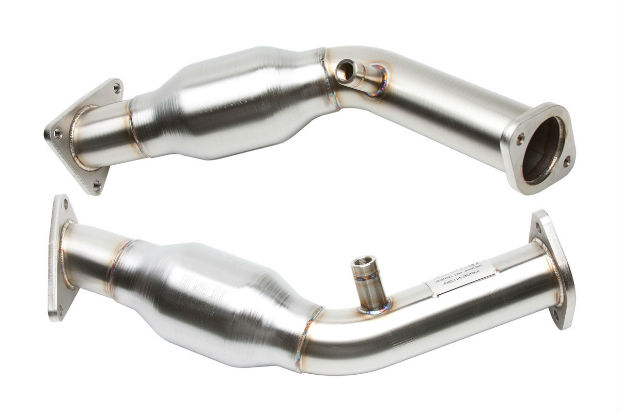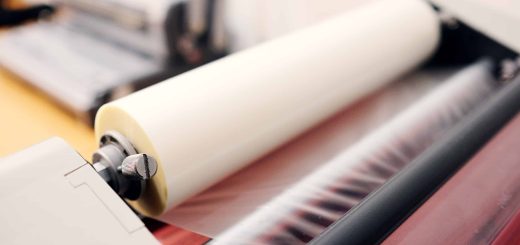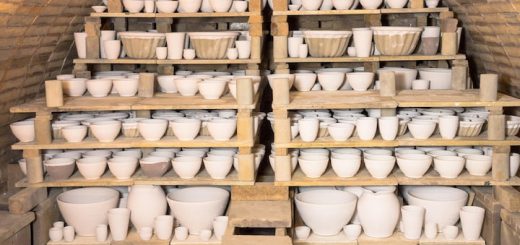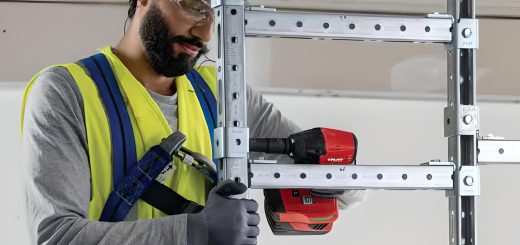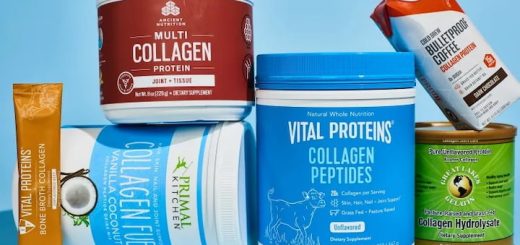Plastic vs. Structural Metal Fabrication
Fabrication is the process of cutting, shaping or transforming a material into an end product. The type of fabrication depends on a variety of factors, including the budget, appearance and purpose. Before deciding whether you want to go with plastic or metal for a particular job, it’s of utmost importance to understand the pros and cons of each possibility, and then decide what type of fabrication you want to go along with for your product.
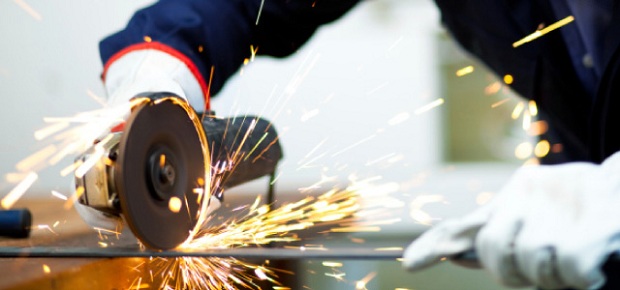
There are multiple processes of manufacturing for both plastic and structural metal fabrication. This variety allows for a significant number of customization and selection techniques in component design. Some of the processes include:
- Cutting involves a number of tools and machines in order to remove the unnecessary material from a piece to meet the shape and size requirements.
- Machining includes drilling, lathing, milling and honing with the use of manually controlled or automated equipment to shape the material.
- Forming involves equipment such as hydraulic brakes to deform, press and bend the products at a specified angle.
- Welding is a process of fusing two metal pieces together. It involves applying heat and pressure to the metal.
Let’s compare plastic and metal fabrications and see what each of them has to offer.
Metal Fabrication
The most important thing in structural metal fabrication is the type and quality of the metal used. Most commonly used metals are steel, aluminum, iron and copper. Some of the advantages that metals provide over the plastic fabrications are:
- Superb Heat Resistance – They have a higher melting point and are unlikely to degrade under high temperatures;
- Strength – Metal fabrications are likely to be more durable, strong and harder than plastic ones;
- Cost-effective – This is a cost efficient long-term option;
- Versatility – Metal can be produced by multiple processes like soldering, welding, forging, chipping, etc.
Plastic Fabrication
Same as with metal fabrication, the results are very dependent on the type of plastic used and its characteristics. Most commonly used materials are nylon, acrylic, Plexiglas, etc.
- Easy Forming – Thanks to its low melting point and high malleability, plastic can be formed into complex and simple shapes with ease;
- Faster Production – Fabricating plastic is usually a very fast process that involves fast turnover rates and quick cycle times;
- Chemical Resistance – Plastics are usually resistant to chemicals and chemical reactions like rusting and oxidation.

